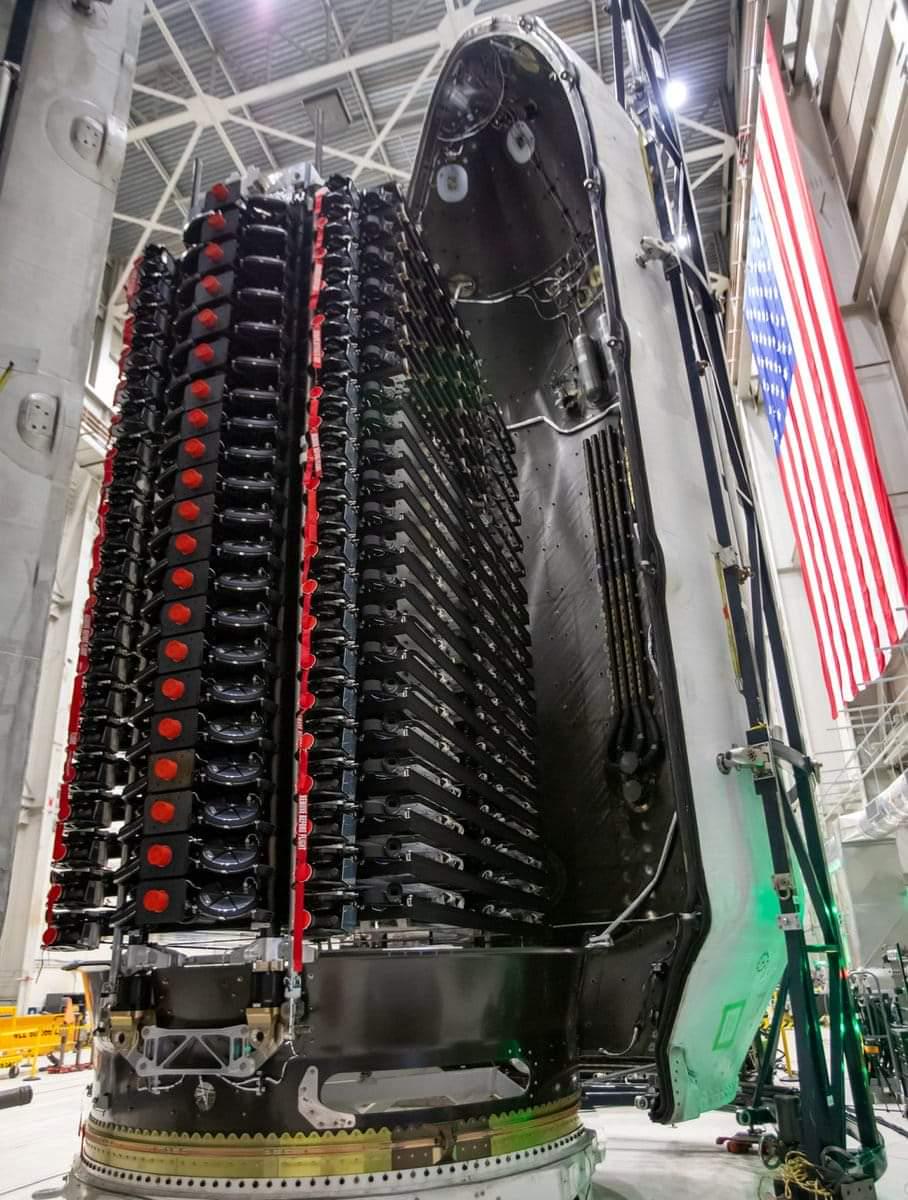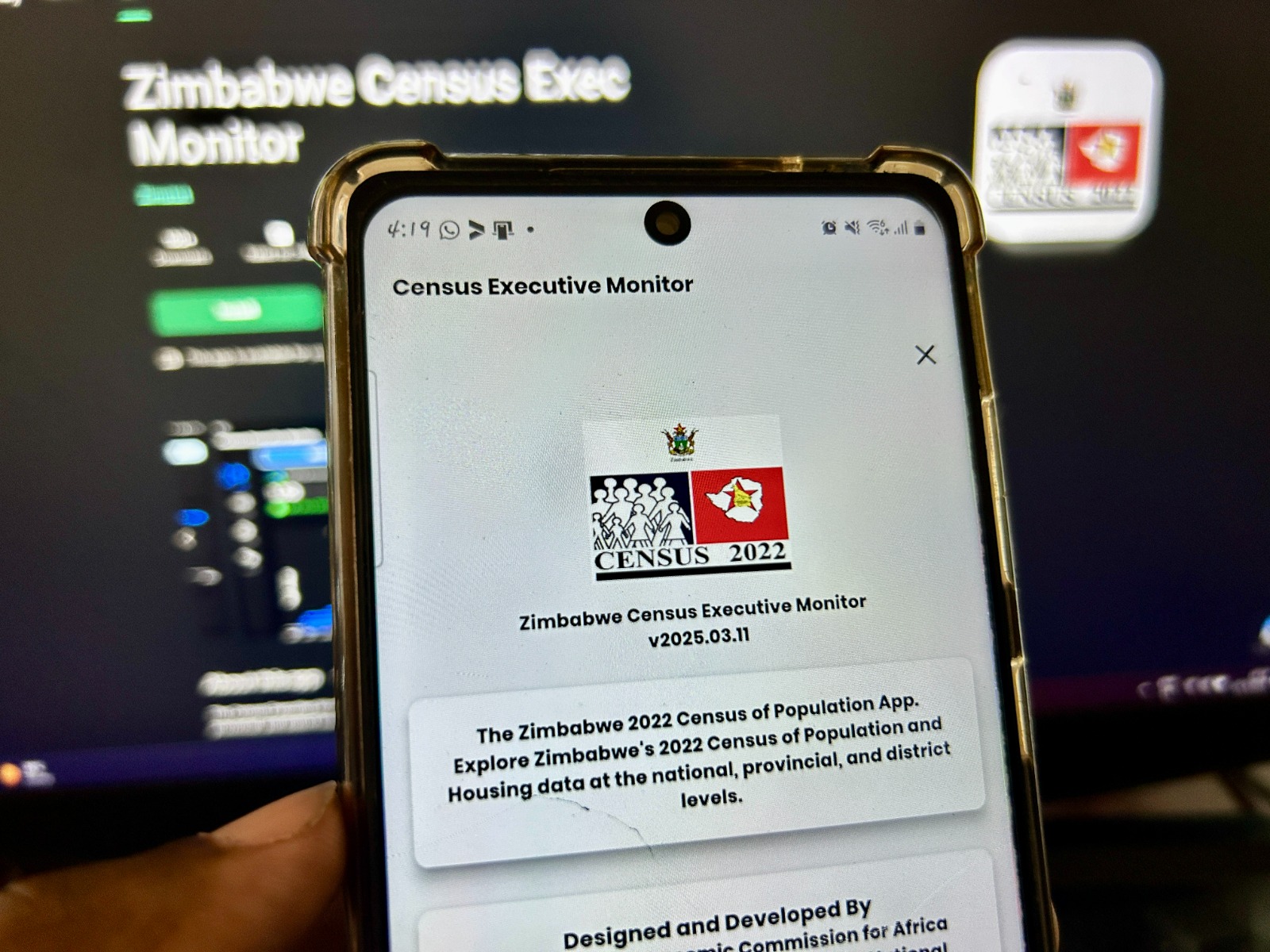I think it’s fair to say Zimbabweans are not good at maintenance. In our defense, the economy has been unstable for so long that we tend not to think about the long term. Hence why climate change and the environmental challenges the globe faces are of little interest to most Zimbos.
To add to that, the fact that we are a little economy whose actions hardly make a dent in global matters make it so we feel like we don’t have to think about environmental issues.
I think this is a valid point to a limited extent. That’s why I’m all for using coal at Hwange for the electrification of Zimbabwe. The thinking is that the G20 accounted for 84% of the world’s electricity demand in 2023 and 93% of global coal generation. What’s little old Zimbabwe in this mix?
That may be but we need to plan for the future. We need to do our part to ensure a future for Ama2000’s grandkids.
One way we can do this is by greening the internet (we’ll get into what that is). We know that internet usage is set to increase in Zimbabwe as Starlink and other satellite internet providers disrupt internet provision. Why not optimise internet usage to save energy, that is, greening the internet. We can do that at the very least.
Towards a Green Internet Ecosystems Framework for Zimbabwe
The National University of Science and Technology (NUST) and the Environmantal Management Agency (EMA) are leading the research that will result in the framework.
The aim is to “develop a green internet ecosystems framework for Zimbabwe that mitigates the negative environmental impacts of internet-related activities while promoting sustainability and economic growth.
These are the specific research questions they intend to answer:
- What green friendly policies exist for governing the use of the Internet in Zimbabwean industries?
- Are Zimbabwean internet usage practices compliant with the existing green friendly policies?
- What green knowledge, attitudes exist for the design, manufacturing, acquisition, use, and disposal of Internet technologies?
- How can a framework for greening the internet be developed and be adopted in Zimbabwe?
It may still feel like a vague thing we are chasing here but it gets clearer. They give us reasons why we should be interested in greening the internet and a few of the reasons apply to problems that currently exist, even if some could argue the problems aren’t quite existential yet.
Managing e-waste and reducing the financial burden on mitigation interventions stuck out to me.
While we appreciate getting second-hand electronic equipment from more advanced economies, we are then left with the burden of disposing of said equipment. We currently don’t have sustainable disposal solutions.
I know this will scare many because it sounds like this kind of thinking leads to a framework that seeks to limit the importation of used electronics at a time when we want every Zimbo to get a device.
We shared these concerns with the team working on the framework and they are aware of the need to strike a balance. We have to do something about the importation of equipment that will die in a few months, for example. However, we have to keep the door open for cheap devices to pour into the country.
The issues that need to be solved for
Environmental challenges will not be solved over night and some of our efforts as tiny old Zimbabwe will feel futile. The team did give us insight into the extent of the problem. We won’t get into all of it but here are some of the issues.
Design issues
Planned obsolescence with phones built to last just a few years. I remember someone asking me why there aren’t that many Itels on the second hand market despite the brand’s popularity in the country. Budget phones typically won’t last that long.
I think we have reason to celebrate that flagships are now usable for more years than in the past. With fewer innovations and improved software support, as well as water and dust resistance becoming commonplace, today’s flagships can easily be used for seven or more years. The Galaxy S24 will have software support until 2031, and that’s great to see.
So, this means two things, we should be advocating for people to buy flagships as those can be used for longer. Also, it means even when we import used phones, we can be sure they still have years in them.
The Americans upgrade their phones every 2.67 years. That is set to rise to 2.93 years in 2027. That all sounds good for us when we import those 3 year old phones, they will still have over 5 good years in them.
The other design issues involve phones being thinner and more breakable, components being difficult or costly to replace. Then there is the huge problem of apps being designed for addiction, leading to increased energy consumption.
Manufacturing issues
The problem is that the most environmentally damaging phase of a phone’s life cycle is its manufacturing.
Building each phone necessitates the extraction of irreplaceable elements like gold, cobalt, and lithium, which is highly polluting. About 85%-95% of a phone’s carbon footprint is generated during manufacturing due to mining, refining, transport, and assembly of numerous chemical elements.
Smartphones also require nearly all rare-earth metals, such as neodymium and terbium, which are costly to isolate due to their small concentrations globally.
As Zimbos, we really aren’t in a position to impact this in any meaningful way. I think holding on to our phones for longer and buying used electronics can help shave 0.0001% of global smartphone demand, which is something I guess.
Usage issues
The main issue is that the data centres that we need for the internet to work are energy intensive.
Apparently, an MIT study revealed that the cloud now has a larger carbon footprint than the airline industry, with a single data centre using as much electricity as 50,000 homes. That’s 50,000 American homes which typically have air conditioners as standard and generally use way more energy than the average Zimbabwean home.
Additionally, they say two Google searches produce as much CO2 as boiling water for a cup of tea. Crazy to think about.
Disposal issues
We touched on how this is a problem for countries like Zimbabwe that import second-hand equipment. The NUST guys painted the picture thus:
In 2019, Africa generated 2.9 million tonnes of e-waste with over 60% originating from imports. The continent lacks action plans and infrastructure for sustainable e-waste management.
Forecasts predict e-waste will more than double in the next 30 years. A significant portion (82.6%) of e-waste remains undocumented, untreated, or illegally transported.
In response, countries like Ghana, Rwanda, Nigeria, and South Africa are developing policies, including Extended Producer Responsibility, to improve e-waste management.
The right balance
Life is a game of balances. We cannot ignore these environmental problems. However, we cannot ignore the reality on the ground and handicap ourselves.
So, we have to strike a balance, promote the use of electronics as tools to improve efficiency and creativity in the country whilst not making Zimbabwe the dumping ground for the developed world’s junk.
I hope the framework that comes from this will achieve that.













